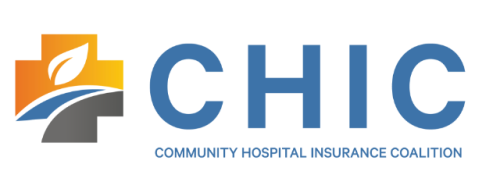Gag Clause Attestations Are Due by Dec. 31, 2023
IRS Significantly Expands Mandatory Electronic Filing Requirement
Gag Clause Attestations Are Due by Dec. 31, 2023
On Feb. 23, 2023, the Departments of Labor, Health and Human Services and the Treasury (Departments) issued FAQs on the prohibition of gag clauses under the transparency provisions of the Consolidated Appropriations Act, 2021 (CAA). These FAQs require health plans and health insurance issuers to submit their first attestation of compliance with the CAA’s prohibition of gag clauses by Dec. 31, 2023.
Effective Dec. 27, 2020, the CAA prohibits health plans and issuers from entering into contracts with health care providers, third-party administrators (TPAs) or other service providers that would restrict the plan or issuer from providing, accessing or sharing certain information about provider price and quality and deidentified claims.
Plans and issuers must annually submit an attestation of compliance with these requirements to the Departments. The first attestation is due by Dec. 31, 2023, and covers the period beginning Dec. 27, 2020, through the date of attestation. Subsequent attestations, covering periods since an organization’s last attestation, are due by Dec. 31 of each year.
Employers should ensure any contracts with TPAs or other health plan service providers offering access to a network of providers do not violate the CAA’s prohibition of gag clauses. Employers should also consider whether they will provide the attestation on their own or rely on their issuer or TPA to submit it. According to the FAQs, if the issuer for a fully insured health plan provides the attestation, the plan does not also need to do so. Employers with self-insured health plans can enter into written agreements with their TPAs to provide the attestation; however, the legal responsibility for the attestation remains with the health plan.
IRS Significantly Expands Mandatory Electronic Filing Requirement
On Feb. 23, 2023, the IRS released a final rule that substantially expands the requirement to file certain information returns electronically, including the Affordable Care Act’s (ACA) reporting requirements under Sections 6055 and 6056 of the Internal Revenue Code.
The final rule implements a law change made by the Taxpayer First Act of 2019, which lowers the 250-return threshold for mandatory electronic reporting to 10 returns. This change applies to many IRS information returns, such as Forms W-2, 1099, 5330 and 8955-SSA.
For ACA reporting (Forms 1094-B/1095-B and Forms 1094-C/1095-C), employers that file at least 10 returns during the calendar year must file their ACA returns electronically, beginning with returns required to be filed during 2024. The final rule requires employers to aggregate most information returns, such as Forms W-2 and 1099, to determine if they meet the 10-return threshold for mandatory electronic filing.
Due to this change, almost all employers subject to ACA reporting will be required to file their returns electronically beginning in 2024. Employers that have been



